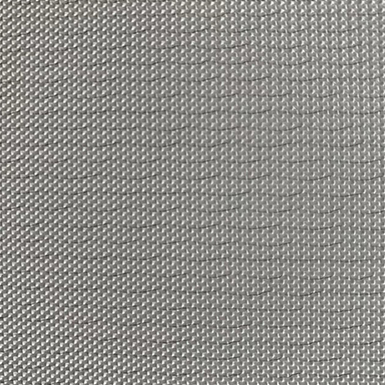Conveyor belt fabrics are specialized textile materials used to manufacture conveyor belts, which are used to transport materials from one location to another in a variety of industrial settings. These fabrics are designed to provide strength, durability, and flexibility while maintaining a low profile to reduce noise and energy usage.
Conveyor belt fabrics are typically made from a variety of synthetic fibers, such as polyester, nylon, aramid, and fiberglass. These materials are chosen for their high strength, durability, and resistance to wear and tear.
There are several types of conveyor belt fabrics, each with unique properties and benefits. For example, some fabrics are designed to be lightweight and flexible, while others are more rigid and heavy-duty for high-stress applications.
The most common types of conveyor belt fabrics include flat woven fabrics, felted fabrics, and rubber fabrics. Flat woven fabrics are made by weaving fibers into a flat, tight weave that provides strength and flexibility. Felted fabrics are made by matting fibers together into a dense, uniform layer, which provides a smooth and stable surface for material transport. Rubber fabrics are made by applying a layer of rubber to a base fabric, which provides increased grip and traction for the materials being transported.
Overall, conveyor belt fabrics play a crucial role in the performance of conveyor belts, which are essential for many industrial processes. By providing strength, durability, and flexibility, conveyor belt fabrics help to ensure efficient and reliable material transport in a variety of industrial applications.


PVC Conveyor Belt
Product Features:
It has the functions of waterproof and mildew resistance, and has the characteristics of light material, high tensile strength, acid and alkali resistance, high temperature resistance, convenient washing and folding, etc., so it can be used to store moisture-prone and rotten items.
Product Usage:
Widely used in automatic mechanical conveying of conventional manufacturing enterprises.
It has the functions of waterproof and mildew resistance, and has the characteristics of light material, high tensile strength, acid and alkali resistance, high temperature resistance, convenient washing and folding, etc., so it can be used to store moisture-prone and rotten items.
Product Usage:
Widely used in automatic mechanical conveying of conventional manufacturing enterprises.
.png?imageView2/2/format/jp2)
 English
English 中文简体
中文简体















